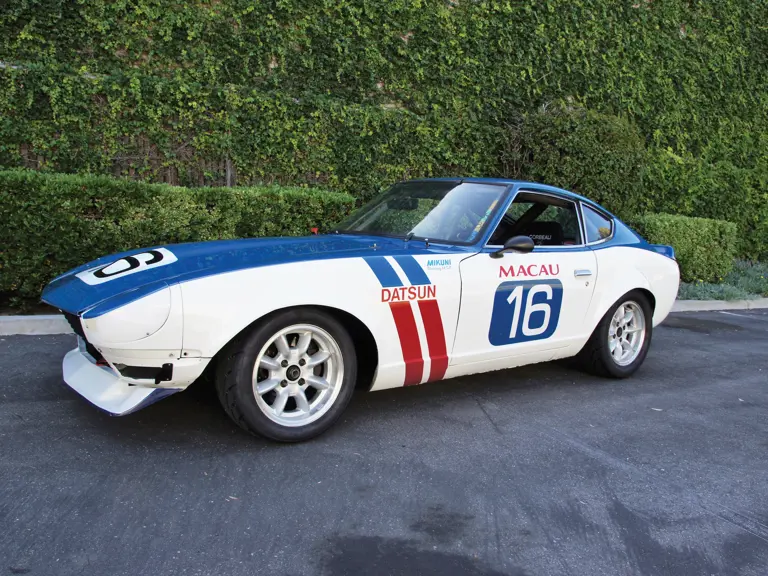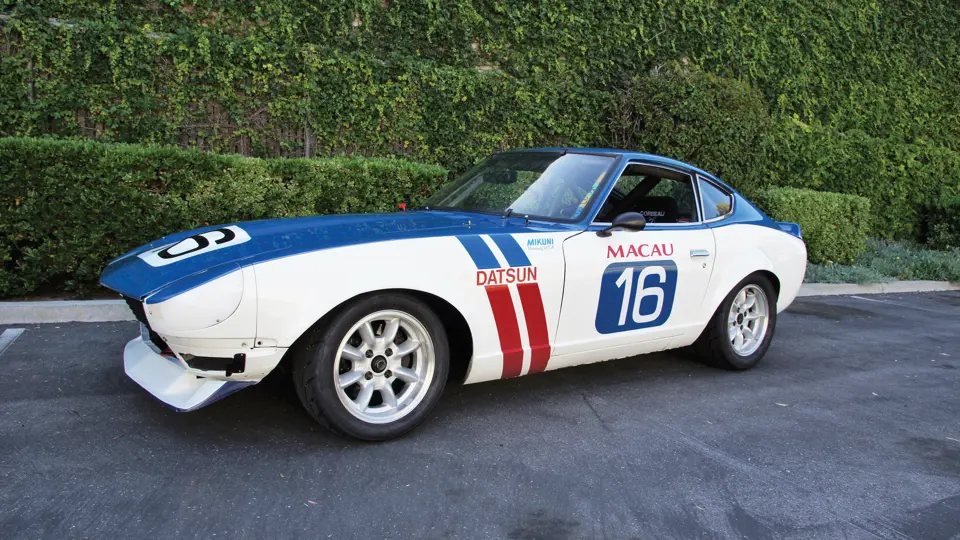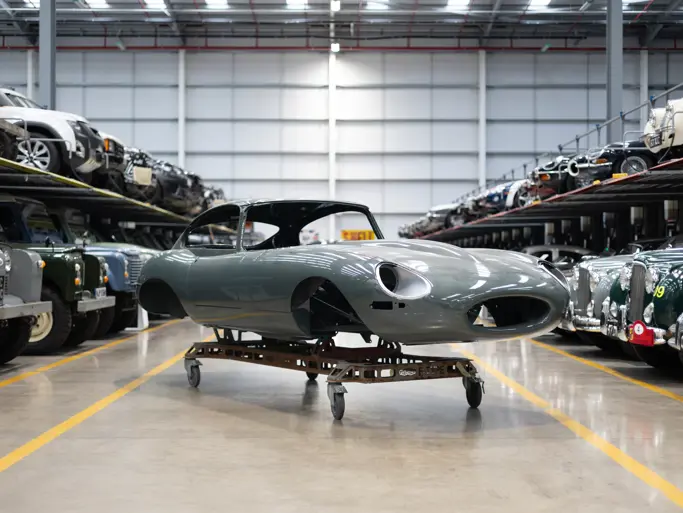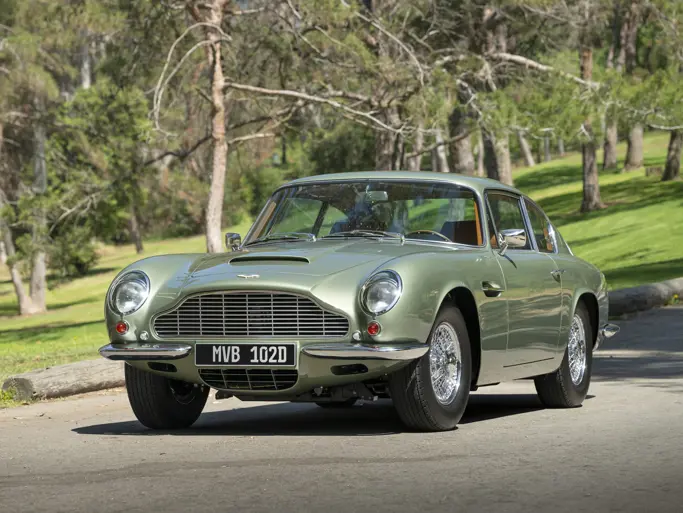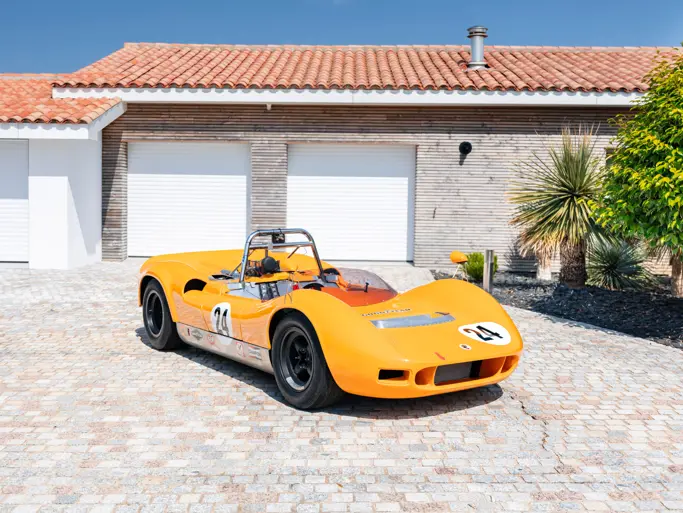 | Santa Monica, California
| Santa Monica, California
Few may realize that the roots of Nissan reach back to 1912, when a young man named Masujiro Hashimoto created a car named DAT (after three family member’s initials). By 1934, the cars were known as Datsun (Son of DAT) and the company was Nissan.
By the late-1950s, a young engineer named Yutaka Katayama, who had been educated in America, advocated both the use of racing to develop the breed and the idea of a car designed specifically for the very different roads and drivers in America. Katayama hired noted German designer Dr. Albrecht Graf von Goertz, who had been involved in the creation of both the BMW 507 and the Porsche 911. He and the Nissan styling staff would develop the design, while Yamaha would engineer the drivetrain and build the prototype. However, Nissan and Yamaha could not agree on the engine design, so the project was shelved.
Nissan then decided to develop the new car in-house. Chief Designer Yoshihiko Matsuo and his team developed the car we know today as the 240Z, using both the Jaguar E-Type and the Porsche 911 as influences. Introduced in 1969, it was an immediate success, offering striking styling, strong performance, advanced specifications, exceptional build quality and an affordable price.
The car’s sleek lines easily placed it in the top ranks of production sports cars of the period. Inside, a luxurious interior with reclining seats, an impressive instrument binnacle, and a host of standard equipment creature comforts added to the appeal of its road cars. Its sophisticated SOHC engine, four-wheel independent suspension, and disc brakes put the car in a class by itself.
As with so many platforms that have been inherently designed for maximum functional performance, urges for the car to be on the racetrack were impossible to resist.
The first generation Z-cars (240Z/260Z/280Z) proved to be very successful in many forms of racing. The S30-series cars won many races, and with that, SCCA/IMSA championships and even became quite successful in rally and Baja races. Brock Racing Enterprises developed the car to be a consistent winner on American shores with a well-known and successful mix of drivers. Period advertising often featured the cars in their racing environment and the effective red, white and blue racecars were soon familiar to anyone interested in the Datsun lineup.
This particular car was not part of Peter Brock’s lineup, but has an exciting history that is reported to go back to the Datsun factory and has been laid out in the following manner. This 1970 Datsun 240Z is reported as being produced within the first 90 days of 240Z production, and it was delivered to Jack B. Pray during April 1970 in Okinawa. Shortly thereafter it was returned to the factory where Datsun Competition converted it to a Group 4 FIA-legal racecar. When this process was done; special equipment included factory lowered racing suspension, FIA brakes, forged pistons, aluminum flywheel, oil cooler, enlarged oil sump, headers, works rally triple Mikuni carburetors, fiberglass doors, hatch with plastic windows and more. In addition, a prototype front body section with elongated nose was fabricated at the factory. The finalized car was presented wearing number 16 and the traditional white and blue racing colors.
The car is reported to have been raced by Mr. Pray throughout the 1970 and 1971 seasons in Asia at such well-known Japanese venues as Suzuka and the Mount Fuji circuit. In November 1971, the number 16 240Z was entered by Pray in the highly-regarded Macau Grand Prix. The Macau race was first run as a sports car event in 1954. When the Datsun was on the track, it was classified as a Formula Libre race. Macau ran their race in this “Free Formula” style from 1961 through 1973. This form of racing allows for a wide variety of types, ages and makes of purpose-built racecars to compete head-to-head. This made for interesting matchups and provided the opportunity for the underdog to put on a brilliant driving display against superior machinery. Formula Libre regulations typically govern only such basics such as safety equipment.
From 1974 through 1982 the Macau race ran as a Formula Pacific event, open wheel formula cars that were similar in many ways to the exciting and respected Formula Atlantics that ran in the United States and Canada. In 1983 Macau became the end-of-season Formula 3 race for the “heavy hitters” in his stepping stone to Formula 1. The 1983 winner was Ayrton Senna and his name is joined in the victory column by others such as Schumacher (Michael and Ralf), David Brabham, David Coulthard, Mike Conway, Riccardo Patrese, Roberto Moreno, Mauricio Gugelmin, Takuma Sato and many other familiar names to those who follow the sport.
In this vein, keep in mind that the Datsun was running this Formula Libre race in 1971 against such cars as McLaren, Brabham, Lotus and other open wheel single-seater formula cars. The consignor conveys that the car was the winner in FIA Group 4 for sports cars. Period results of the event shows this to be an overall finish of 20th among 22 starters, but a first in class nonetheless. A most worthy effort, especially when one considers the competition, in which the overall winner was Jan Bussell in a McLaren M4C. The factory thereafter, it is said, displayed the Datsun 240Z as the Macau winner.
The story continues that in May 1972, the Datsun was shipped to the United States where Pray brought on Lothar Stahlberg of Utica, New York to drive the circuits of the the Northeast part of the country. Stahlberg had two wins with the car, Lime Rock Park and Watkins Glen, but due to the prototype “longnose,” the car had been classified in A Sports Racing.
In November 1973, the car was purchased by Don Thompson and ST Racing, who removed the prototype nose and brought the car to SCCA C Production specifications. The car was then raced at Watkins Glen, Lime Rock, Pocono and Nelson Ledges by Thompson on and off until 1976. Other circuits that the car participated on are listed as Sebring, Road America, Road Atlanta among others. In November 1976, the car was accepted for entry on the Daytona 24 Hours, but finances were inadequate to compete and the car would then remain idle for the next 12 years.
Volumes of documentation and track log records are available dating from 1970 until it was last raced in 2009. The respectful owner conveys “It also comes with FIA papers and the original motor ID tag signed by Yutaka Katayama ‘Mr. K’ father of the Z-car. Also it comes with an enormous amount of documentation, including the original bill off sale, parts lists, the racing program from the Macau event in which it participated in, lap time sheets, SCCA log books; literally reams of information.”
The Datsun 240Z remained with the same owner, Mike Cammarata from 1991 to 2009. It was restored in 1991 to original Macau specifications and ran in vintage races until its last race in 2009. This Datsun 240Z is competitively race ready with the current engine. The original, correct factory prepared engine has been rebuilt as well and also comes race ready. It is to be sold with the car but is not currently installed in the car.
The 2,036th 240Z ever produced; it is believed to be the oldest and possibly the only FIA Factory 240 racecar left in existence today. The prototype longnose was removed and sold in Pennsylvania in 1977. The consignor surmises that there is enough evidence that it may be possible, with committed diligence, to be tracked down and recovered. This Datsun was retired from racing in 2009, but remains race ready now as is, or ready to be a welcome addition to your collection or museum.

